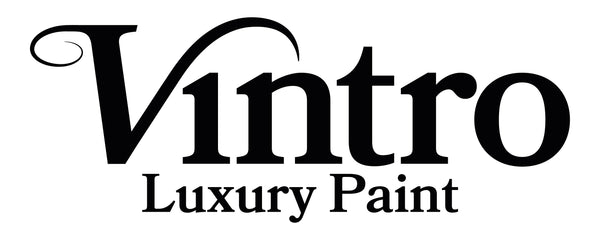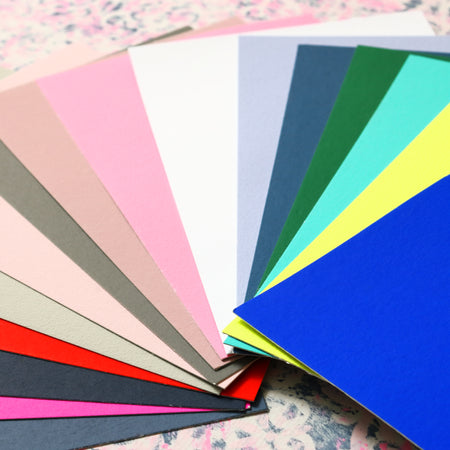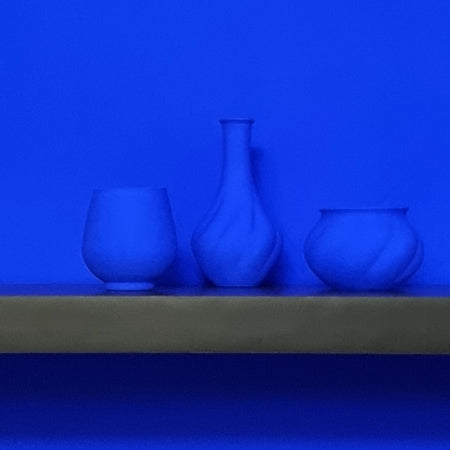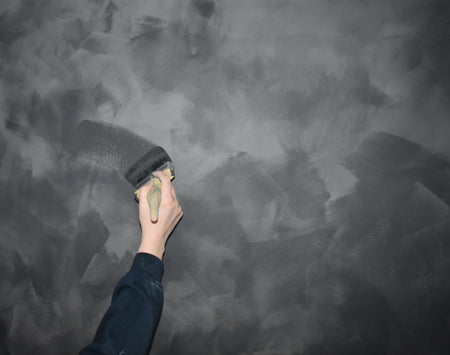Brief History of Paint Colour
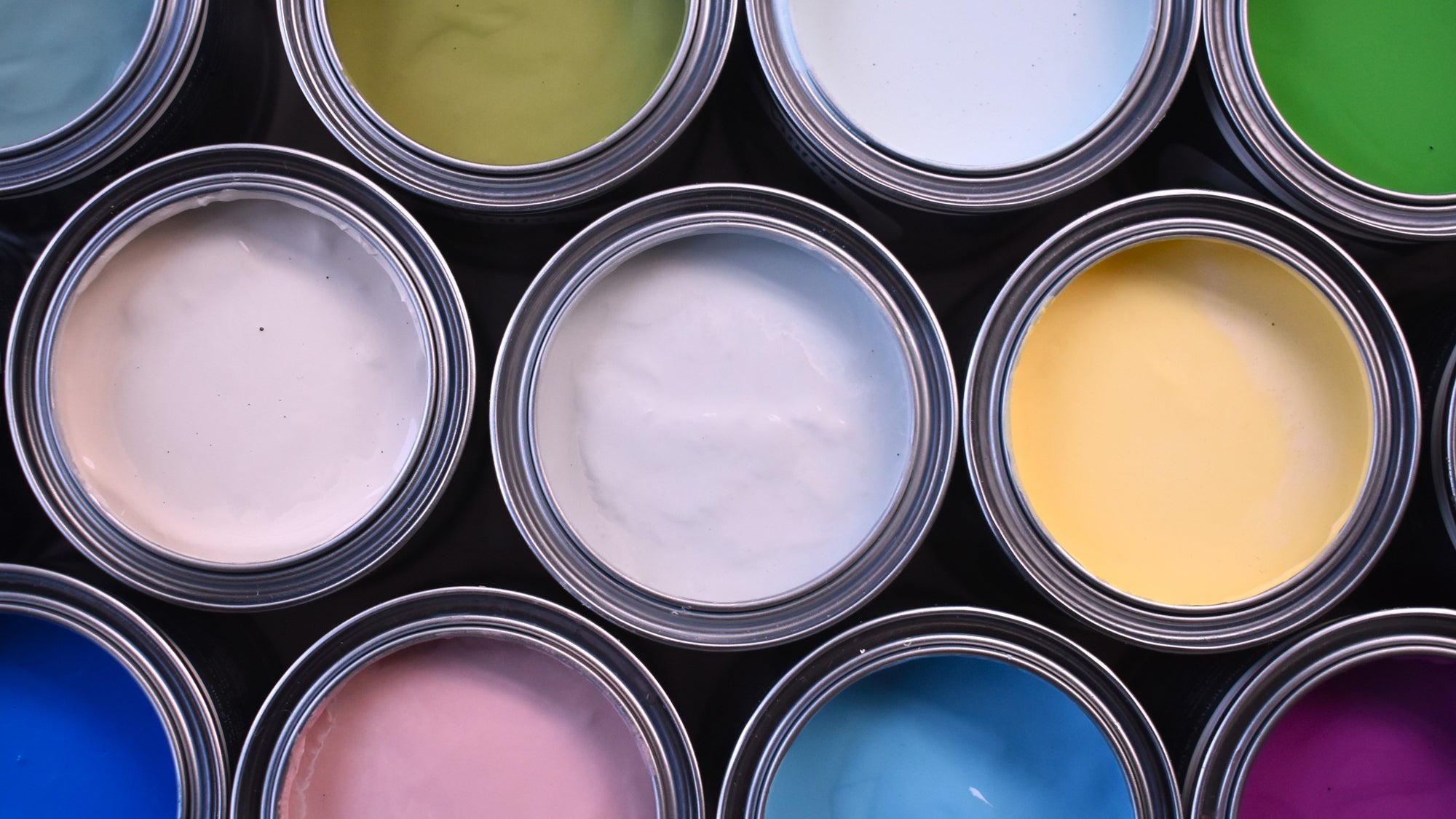
We are really spoilt today with how much colour choice there is to decorate our homes. The need to adorn our walls with colour is not something new; some 40,000 years ago our ancestors painted colourful hunters and herders on their cave walls, albeit with their limited colour palette.
Early painters used natural ingredients in their paint making including water, urine, saliva, and animal fat as a base. Many centuries later this was changed to egg, and then to oil during the Renaissance period. Pigments were made from blood, berry juice, soot, roots, plants, and minerals. This gave a limited array of colours including red, yellow, brown, black, and white, with the later additive of iron oxide for durability. Today a variety of natural and synthetic pigments are used to colour so that every colour you can think of can be reproduced.
Ancient Greek and Egyptian times saw colour palettes expand to include yellow, green, black, blue, yellow, red and white. This was produced by mixing heated metals, sand, lime, earth, semi-precious stones, glass or animal blood, together with fat or oil.
The invention of our favourite vibrant Ultramarine Blue occurred some 6,000 years ago, when the semi-precious stone Lapis Lazuli was ground and produced a brilliant blue powder that was sought after by artists. Wall paints were produced by individuals using powered pigments.
In the 1700’s advancement in chemistry lead to the emergence of the first synthetic colour - Prussian Blue. Another blue, synthetic ultramarine, was discovered in 1826 followed by the creation of many colours that could be reproduced cheaply and could be made into paint “cakes” for artists. By the end of the 19th century nearly ever colour could be reproduced this way and the first pre-mixed wall paints had started to be produced. The first half of the 20th century saw technological and chemical processes advance quickly. This meant that coloured house paint and artist paint was now available to everyone as they could be made quickly and cheaply in every colour possible.
Across the ages, paint application has not really changed all that much and has included blowing, although in caveman days it would have been through hollow bones, brushes and fingers. However, today we do have tools such as rollers and spray-guns that make larger jobs easier.
